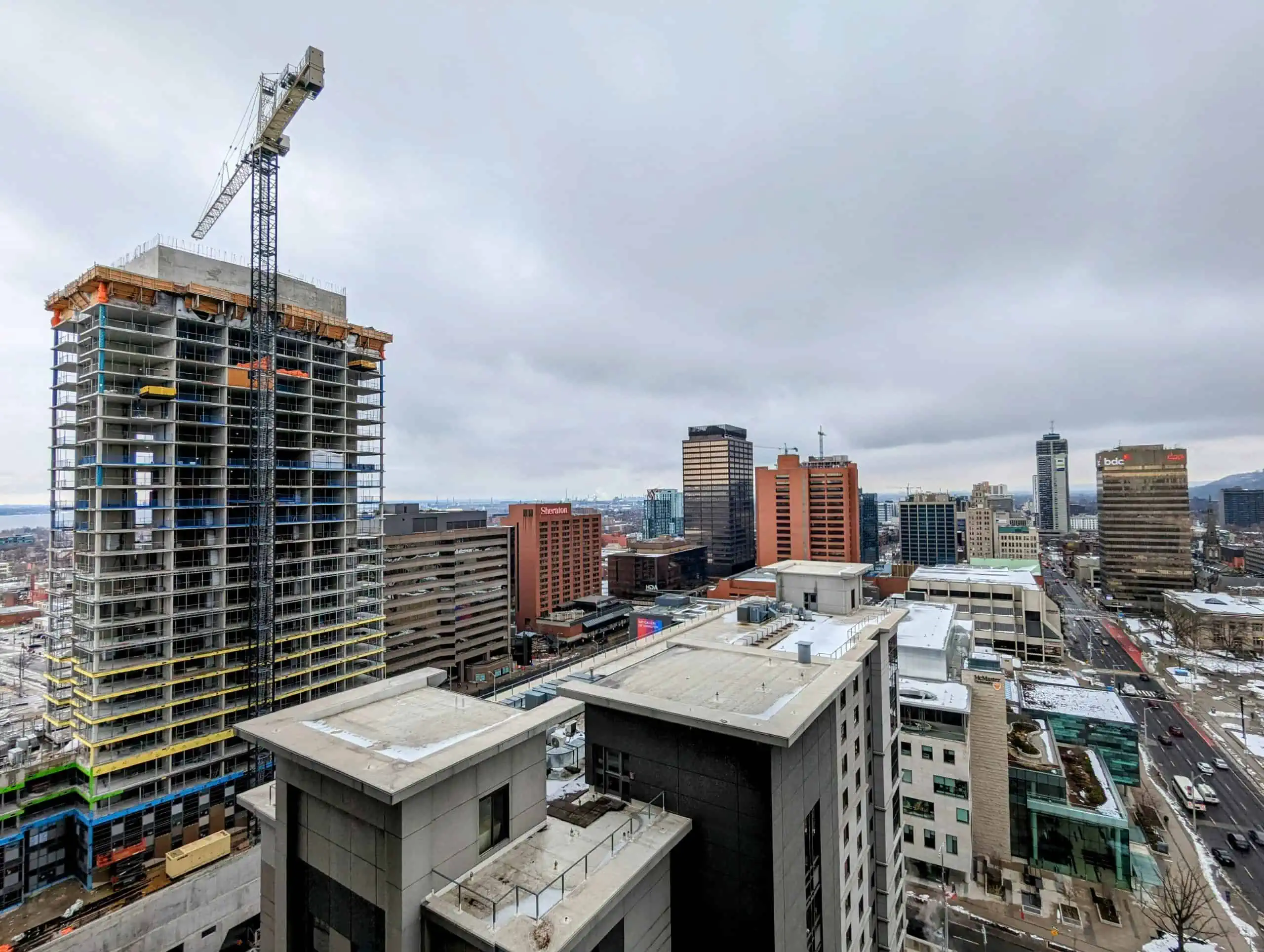Stop Sprawl Hamilton praised for helping city go from “sprawl to tall” with high density projects
Published January 29, 2024 at 12:35 pm

The team at Stop Sprawl Hamilton is declaring victory over urban sprawl after year-end statistics show that 90 per cent of development in the city last year was through higher density projects.
“This is a very big shift. Last year almost all of Hamilton’s new housing development occurred through intensification, infill and redevelopment in already-urbanized areas,” said Jason Thorne, the general manager of planning and economic development at the City of Hamilton.
Jason Allen gave praise to Stop Sprawl Hamilton stopping sprawl “in its tracks” In Hamilton City Magazine, noting that the first step was convincing council to vote to retain the current urban boundary in 2021, which eventually led to Premier Doug Ford backtracking on both the controversial Greenbelt land swap and the forced urban boundary expansion for Hamilton last year.
“I don’t know if it was the letter, phone call and email campaigns, the weekly demonstrations, or their constant presence in the media, but somebody certainly paid attention,” Allen said.
Jennifer Keesmaat, the CEO of Collecdev-Markee Developments and the former Chief Planner for the City of Toronto, called the switch to intensification a “remarkable shift” in urban growth for Hamilton, “from sprawl to tall” in a very short time.
“Cities can put a pin in sprawl and rewrite their future. Hamilton is in the process of doing it. Even more good news is that Hamilton is such a vast, low density land area that there is an almost unending opportunity for infill.”
Numerous studies have shown that high density and infill development – such as apartment buildings – pay for itself quickly and add revenue to the city’s coffers, while sprawl cost taxpayers in servicing fees on undeveloped lands, as well as taking valuable farmland out of public use.






